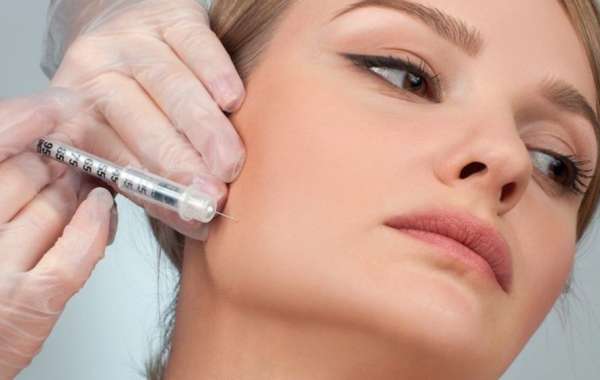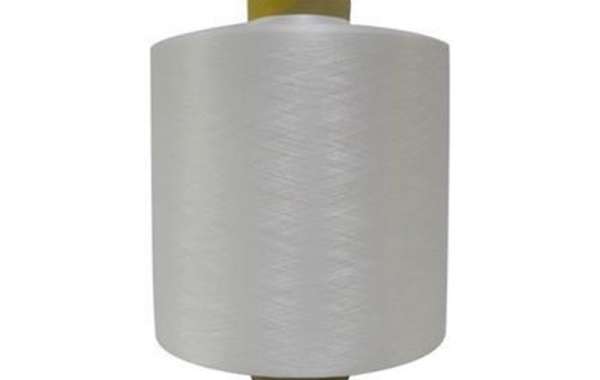Chin fillers play a crucial role in balancing facial features, improving symmetry, and enhancing overall profile aesthetics. For beginners considering this treatment, understanding the procedure, benefits, risks, and aftercare is essential to make an informed decision.
What Are Chin Fillers?
Chin fillers are injectable dermal fillers specifically designed to enhance the shape, projection, and contour of the chin. Unlike surgical options such as chin implants, fillers provide a non-invasive, temporary solution with minimal downtime.
They typically consist of hyaluronic acid (HA), a naturally occurring substance in the body known for its ability to retain moisture and provide volume. Other types of fillers may include calcium hydroxylapatite or poly-L-lactic acid, but hyaluronic acid remains the most common due to its safety profile and reversibility.
The primary goal of chin fillers is to improve facial harmony by adjusting the chin’s proportions relative to the nose, lips, and jawline. A well-proportioned chin can make a face appear more balanced, youthful, and attractive.
Who Is a Candidate for Fillers?
Chin fillers are suitable for adults seeking minor to moderate changes in their chin appearance. Common reasons individuals opt for this procedure include:
Enhancing Chin Projection: For those with a naturally receding or weak chin, fillers can add forward projection to improve profile balance.
Correcting Asymmetry: Fillers can subtly adjust uneven chins or jawlines for a more symmetrical look.
Softening Facial Lines: Some people develop subtle folds or creases around the chin and jawline that fillers can help smooth out.
Non-Surgical Alternative to Implants: Individuals who want the aesthetic benefits of a chin implant without the risks or downtime of surgery often choose fillers.
It’s important to note that fillers are most effective for mild to moderate enhancement. Patients seeking dramatic, permanent changes may need to consider surgical options. Additionally, ideal candidates should be in good overall health, without active skin infections or certain medical conditions that could complicate healing.
The Consultation Process
A successful cheeks filler procedure begins with a thorough consultation with a qualified cosmetic professional. During this session, the practitioner will:
- Evaluate facial structure and symmetry.
- Discuss aesthetic goals and expectations.
- Review medical history, allergies, and current medications.
- Determine the appropriate type and amount of filler for the desired outcome.
This step is crucial because it ensures realistic expectations and helps the practitioner tailor the treatment to each patient’s unique facial features. Advanced techniques may also involve using facial imaging to simulate potential results, allowing patients to visualize their post-treatment appearance.
How Filler Procedures Are Performed
The procedure itself is relatively quick and straightforward, typically taking between 15 to 45 minutes depending on the complexity and volume of filler required. Here’s a step-by-step overview:
Preparation: The treatment area is cleansed thoroughly. Some practitioners apply a topical numbing cream or use local anesthesia to minimize discomfort.
Marking: The injector may mark key areas on the chin to guide precise filler placement.
Injection: Using a fine needle or cannula, the filler is injected into targeted areas. The practitioner carefully sculpts and massages the filler to ensure smooth contours and natural results.
Assessment: After injections, the practitioner evaluates symmetry and makes any necessary adjustments.
Aftercare Instructions: Patients receive guidance on how to care for the treated area in the hours and days following the procedure.
The immediate results are often visible, with full effects appearing within one to two weeks as any swelling subsides.
Benefits of Chin Fillers
Chin offer several advantages over surgical alternatives:
Non-Invasive: No incisions or anesthesia are required, significantly reducing risks.
Minimal Downtime: Most patients can resume daily activities immediately, though some temporary swelling or bruising may occur.
Customizable: Filler volumes can be adjusted for subtle or more pronounced enhancements.
Reversible: Hyaluronic acid fillers can be dissolved with an enzyme called hyaluronidase if results are unsatisfactory.
Boosts Facial Harmony: Enhances balance between the chin, jawline, and other facial features.
Beyond aesthetics, many patients report increased confidence and satisfaction with their appearance after filler treatments.
Risks and Considerations
While generally safe, fillers come with potential risks and side effects, including:
Swelling and Bruising: These are common but typically resolve within a few days.
Tenderness or Redness: Minor discomfort may occur at the injection site.
Asymmetry or Lumps: Incorrect placement can lead to uneven results, which can often be corrected by adjustments or dissolving the filler.
Infection: Rare but possible, emphasizing the importance of choosing a qualified practitioner.
Vascular Complications: Extremely rare but serious complications can occur if the filler is accidentally injected into a blood vessel.
Choosing a licensed and experienced injector significantly reduces these risks. It’s also crucial to follow all aftercare instructions and avoid manipulating the treated area in the first few days.
Aftercare Tips
Proper aftercare can enhance results and minimize side effects. Recommended steps include:
Avoid strenuous exercise, alcohol, and excessive heat for the first 24–48 hours.
Gently cleansing the area and avoiding rubbing or massaging unless instructed by the practitioner.
Use cold compresses to reduce swelling or bruising.
Scheduling follow-up appointments to monitor results and address any concerns.
Duration and Maintenance
Fillers are temporary and typically last between 9 to 18 months, depending on the type of filler used, metabolism, and lifestyle factors. Maintenance treatments are recommended to sustain the desired appearance. Many patients choose to schedule touch-ups every 12 months to keep their results fresh.
Final Thoughts
Chin filler procedures offer a safe, effective, and non-invasive solution for enhancing facial symmetry and balance. For beginners, understanding the process, benefits, and potential risks is essential to achieving satisfying results. By choosing a qualified professional, setting realistic expectations, and following proper aftercare, patients can enjoy a rejuvenated appearance and increased confidence without the commitment of surgery.







